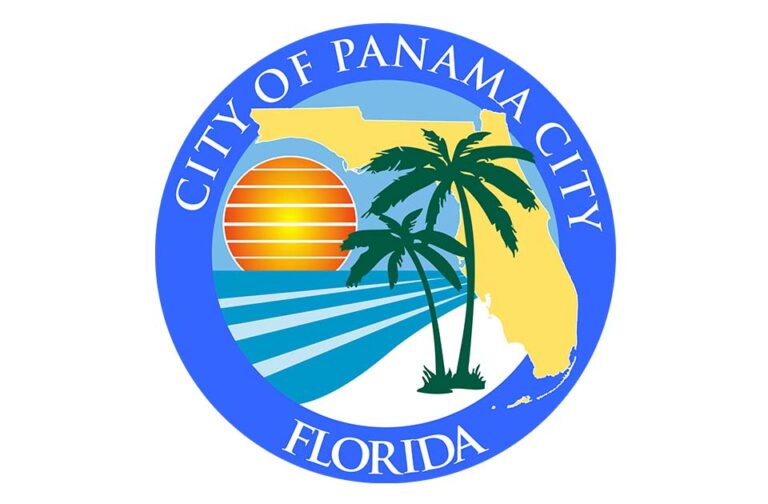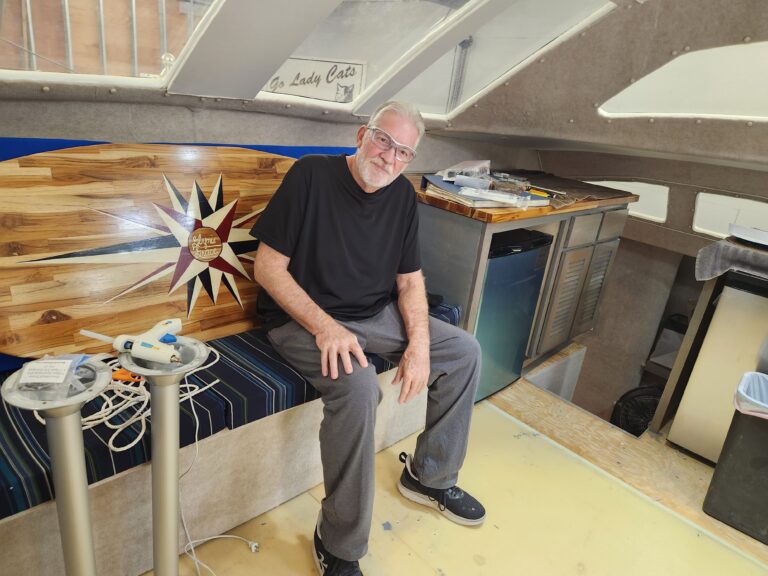Legacy Post Disclaimer
This is a #Legacy post imported from The Apalachicola Time’s previous platform. If you’re experiencing issues with this article, please email us at news@nevespublishing.com.
Counties back redistricting plan for House District 7
Commissioners in both Gulf and Franklin counties have backed a proposal for reshaping House District 7 that would extend its boundaries to the south and east.
By agreeing to write letters of support to the Florida House’s State Redistricting Committee on behalf of proposed map #8007, the two county commissions rejected an alternate map, #8005. The two maps had been presented by the State Legislative Redistricting Subcommittee, chaired by State Rep. Cord Byrd (R-Jacksonville Beach) with State Rep Dan Daley (D-Sunrise) as ranking member.
The #8005 plan would decrease the overall land size of District 7, by lopping off Calhoun, Jefferson, Madison, Taylor and Lafayette counties, and bring in more than half the overall population of the district by incorporating a portion of downtown Tallahassee.
The #8007 plan keeps the existing Franklin, Gulf, Lafayette, Liberty, Taylor, and Wakulla counties, and part of Jefferson (not including Monticello) and Leon counties. It would remove Madison and Calhoun counties, and add Hamilton, Suwannee and Dixie counties.
State Rep. Jason Shoaf (R-Port St. Joe) had sought the letters of support from both county commissions, as well as from other counties in the sprawling district, the largest state district in the U.S. east of the Mississippi River.
Gulf County voted to back #8007 at its Dec. 14 meeting, and Wakulla County backed it Monday. Shoaf said in addition Liberty and Leon counties have written letters of support.
Franklin voted Tuesday morning to support the plan 3-1, with Commissioner Noah Lockley absent and Smokey Parrish opposed, it at its Dec. 21 meeting.
“It’s just to make sure that all the parts of his house district remain rural and coastal,” said Chairman Ricky Jones.
Both proposed maps have an overall population of about 183,000 people, with a total voting age population of 151,000 for #8005, and 148,000 for #8007.
The white population in #8007 is about 75 percent, while it is about 72 percent in the #8005 proposal. Both have Black populations of 15 percent, and Hispanic populations of about 6 percent.
The Florida Legislature, which opens its session Jan. 11, is required to redraw the district boundaries during the 2022 session, based on the numbers gleaned in the 2020 Census.
The Florida Constitution requires that no districts be drawn “with the intent to favor or disfavor a political party or an incumbent, (nor with the intent) of denying or abridging the equal opportunity of racial or language minorities to participate in the political process.”
Districts are required to be compact and consist of contiguous territory, as nearly equal in population as is practical, and, where feasible, utilize existing political and geographical boundaries.
“When we start session, the commission will consider these two maps, as well as possibly creating a third map which is a mix of both,” said Shoaf. “Right now I’m focusing on getting feedback from constituents, so I can take that back to the legislature.
“The county commissions have said loud and clear they want to keep the rural in one seat and the urban in another seat,” he said. “That’s a powerful statement that we have completely different demographics but all five counties agree on this issue.”



Meet the Editor
David Adlerstein, The Apalachicola Times’ digital editor, started with the news outlet in January 2002 as a reporter.
Prior to then, David Adlerstein began as a newspaperman with a small Boston weekly, after graduating magna cum laude from Brandeis University in Waltham, Massachusetts. He later edited the weekly Bellville Times, and as business reporter for the daily Marion Star, both not far from his hometown of Columbus, Ohio.
In 1995, he moved to South Florida, and worked as a business reporter and editor of Medical Business newspaper. In Jan. 2002, he began with the Apalachicola Times, first as reporter and later as editor, and in Oct. 2020, also began editing the Port St. Joe Star.